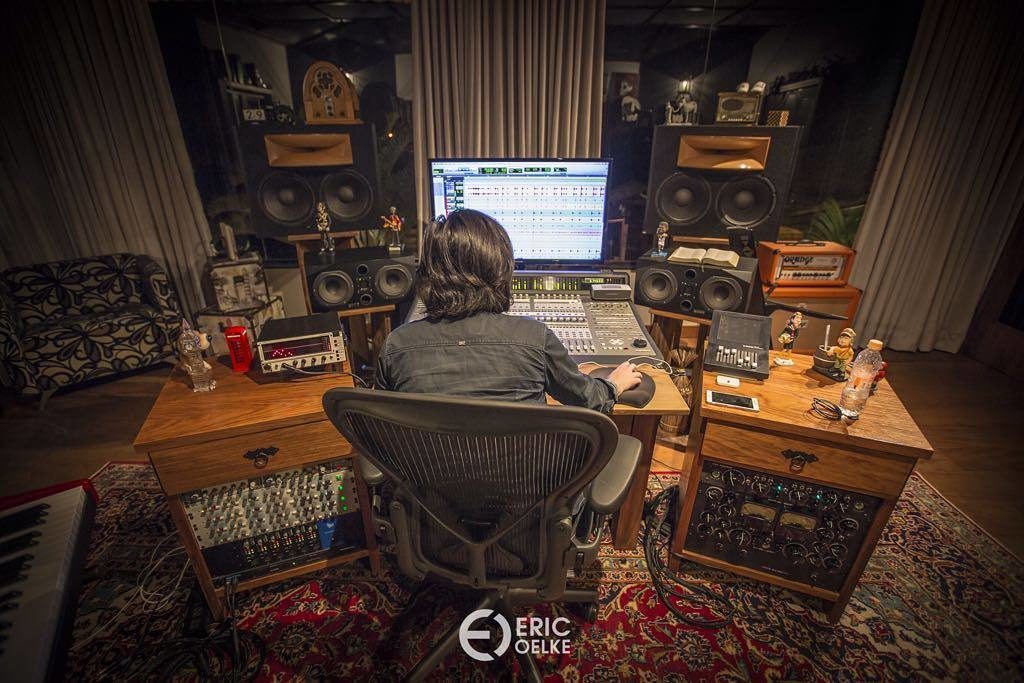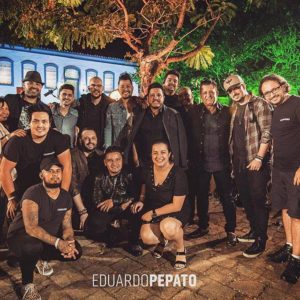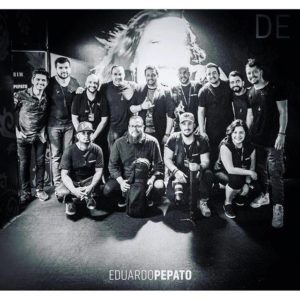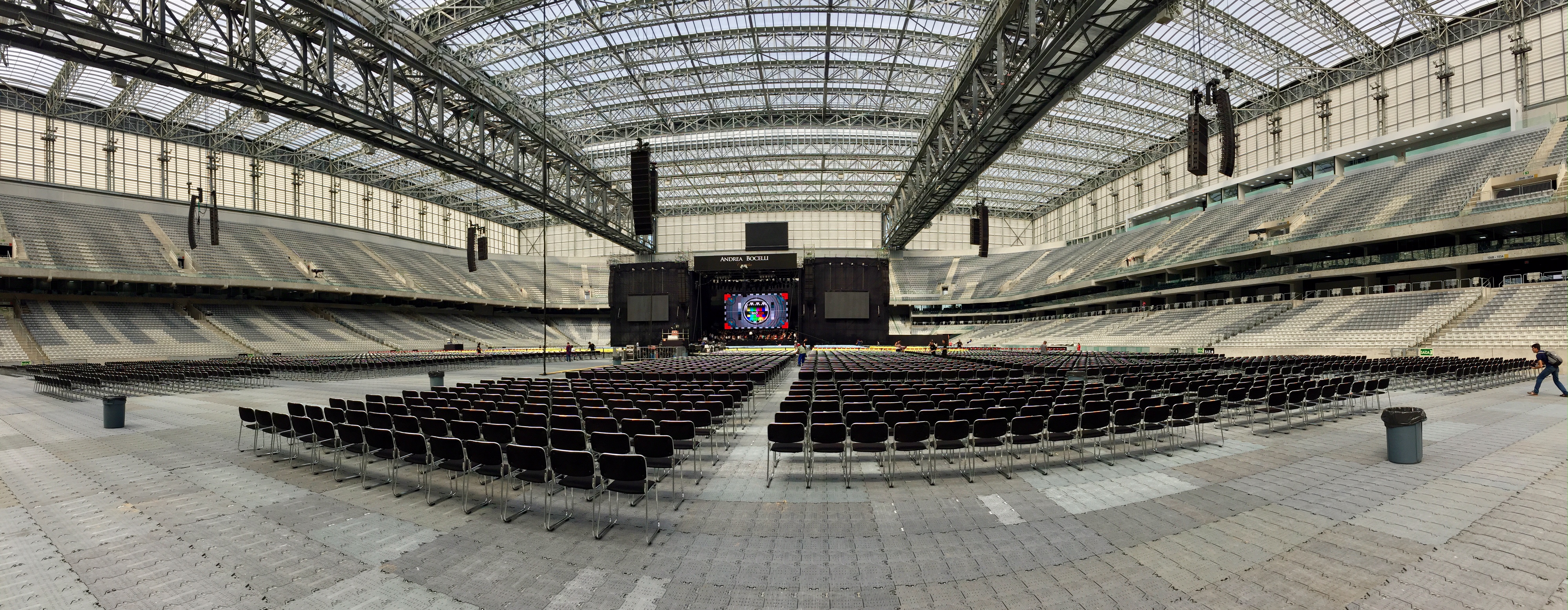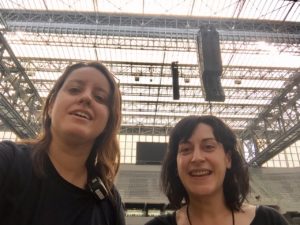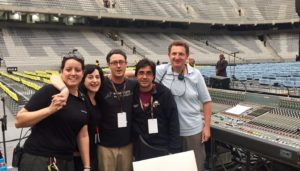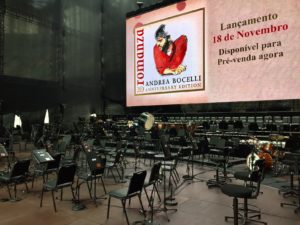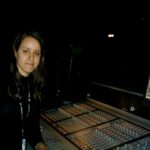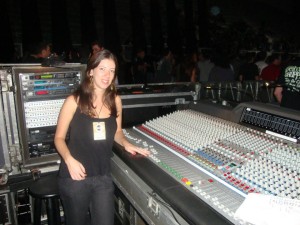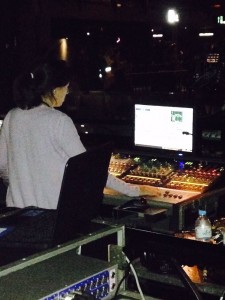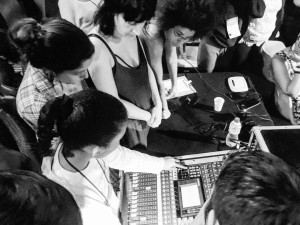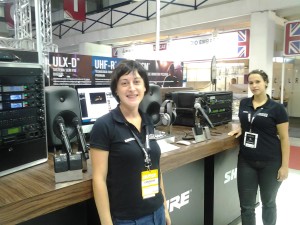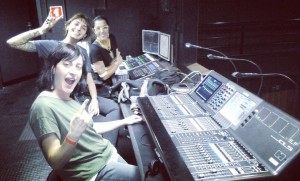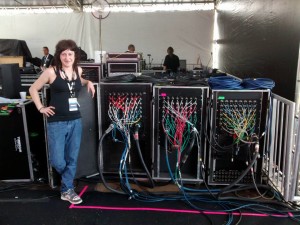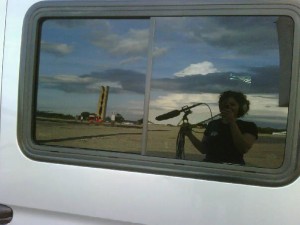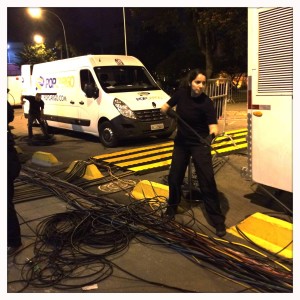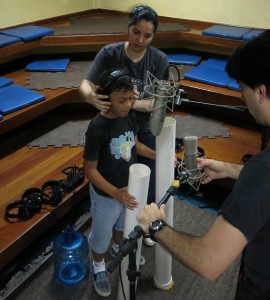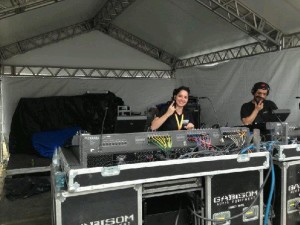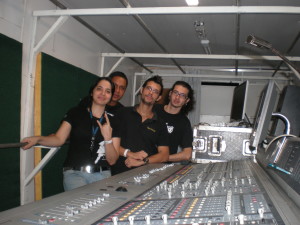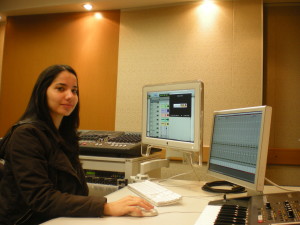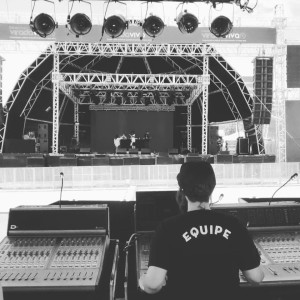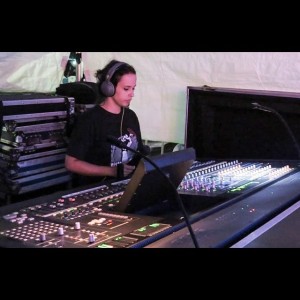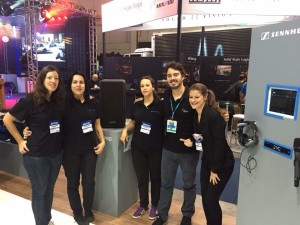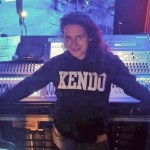
Live Recording of a DVD of Sertanejo
“Sertanejo” is a Brazilian music style that would be similar to “country music” in the USA, but entirely different in musical terms. It is the most popular type of music here in Brazil and a very competitive market for artists. Artists often will record a new studio album, tour the new songs and, at some point, record one of these concerts and release a live DVD, right?
But not in Brazil! Here we do everything differently. In Sertanejo it’s common to record a new DVD instead of a new studio album, including, artists just starting their careers. Don’t ask me why.
So our DVD production process is the same as a new studio album, with the difference, it is live. The first step is the choice of repertoire between the music producer and the artist (sometimes with the manager as well). Once the songs have been defined, the producer starts pre-production arranging with MIDI instruments, which I send out to the musicians to study and learn the songs, so they are ready when the rehearsals start, before the recording. Instruments like acoustic guitar, accordion, and part of the percussion are recorded in the studio. I create a playback session in Pro Tools with a click track and the timecode, and I’m responsible for playing live the recording session.
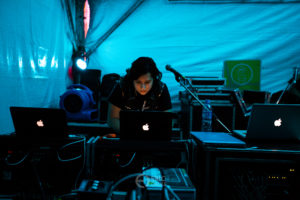 And here we find another peculiar thing; the band selected for recording the concert is not necessarily the band of the artist. In most cases, the band that plays live is formed by musicians chosen by the music producer himself, just as it is done on a studio CD. Also, most Sertanejos DVDs are always recorded by the same musicians, because they already have the expertise in this type of work. The sound team is also chosen by the music producer.
And here we find another peculiar thing; the band selected for recording the concert is not necessarily the band of the artist. In most cases, the band that plays live is formed by musicians chosen by the music producer himself, just as it is done on a studio CD. Also, most Sertanejos DVDs are always recorded by the same musicians, because they already have the expertise in this type of work. The sound team is also chosen by the music producer.
The day before the “big day,” we go to the venue for the soundcheck. The whole system is designed to give priority to audio and video capture. The volume of the sound for the audience is lower than normal and, sometimes, the house mix doesn’t stay in the center of the venue.
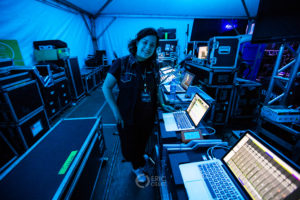 As mentioned before, I run the Pro Tools session using two systems (one is the backup) with a Macbook Pro 2016 running version 11 of the software and the interface Apollo 8 Duo, from Universal Audio, sending the pre-recorded sounds to every place needed. I’m also responsible for all the recorded files and copying them to at least three different external hard drives, for backup. Usually, the rented recording system is always from the same company, which provides us a console mixer AMEK BIG for previous equalization and filters, recording in a ProTools HD, and the backup is made in a TASCAM X48.
As mentioned before, I run the Pro Tools session using two systems (one is the backup) with a Macbook Pro 2016 running version 11 of the software and the interface Apollo 8 Duo, from Universal Audio, sending the pre-recorded sounds to every place needed. I’m also responsible for all the recorded files and copying them to at least three different external hard drives, for backup. Usually, the rented recording system is always from the same company, which provides us a console mixer AMEK BIG for previous equalization and filters, recording in a ProTools HD, and the backup is made in a TASCAM X48.
Back in the studio, along with my assistant, we separate the songs individually so that we can edit more easily. After that, I’ll contact the video director and confirm which takes are used, and then start editing. From the live recording, we usually only use the drums, bass, voices and some percussion stuff. If it is necessary, will record in the studio adding overdubs, percussion, and vocals. My favorite DAW for this step is Cubase. Using it, I quantize all the instruments, clean unwanted leaks and add drums samples if my boss (the music producer) wants to. To tune the vocals I use Melodyne.
With all the edited files, I prepare the mixing sessions in ProTools (already with video) for my boss to mix and master. When it’s over, I have to send the songs to the artists to listen and approve them, or to ask for changes they want.
Phew! This is our DVD recording process here!
I would like to say that unfortunately, for the most of the time, I am the only woman in the backstage on the DVDs I work on. Fortunately, I have never faced prejudice from my colleagues. Instead, many of them encourage me and refer me for jobs. I have started my own company, Quantize, which works in parallel with my job as an assistant in the NaHouse studio.
I hope to have more women working with me on the next jobs!
 Karen Ávila graduated in Musical Production from Universidade Anhembi Morumbi and has been working with sound for six years. Currently, the assistant for Eduardo Pepato, one of the greatest music producers in Brazil. At least four of the “top 10” songs on Brazilian radio stations, were produced by him. Besides being Pepato’s assistant, she founded “Quantize” – a company specialized in audio editing that serves producers and artists.
Karen Ávila graduated in Musical Production from Universidade Anhembi Morumbi and has been working with sound for six years. Currently, the assistant for Eduardo Pepato, one of the greatest music producers in Brazil. At least four of the “top 10” songs on Brazilian radio stations, were produced by him. Besides being Pepato’s assistant, she founded “Quantize” – a company specialized in audio editing that serves producers and artists.
